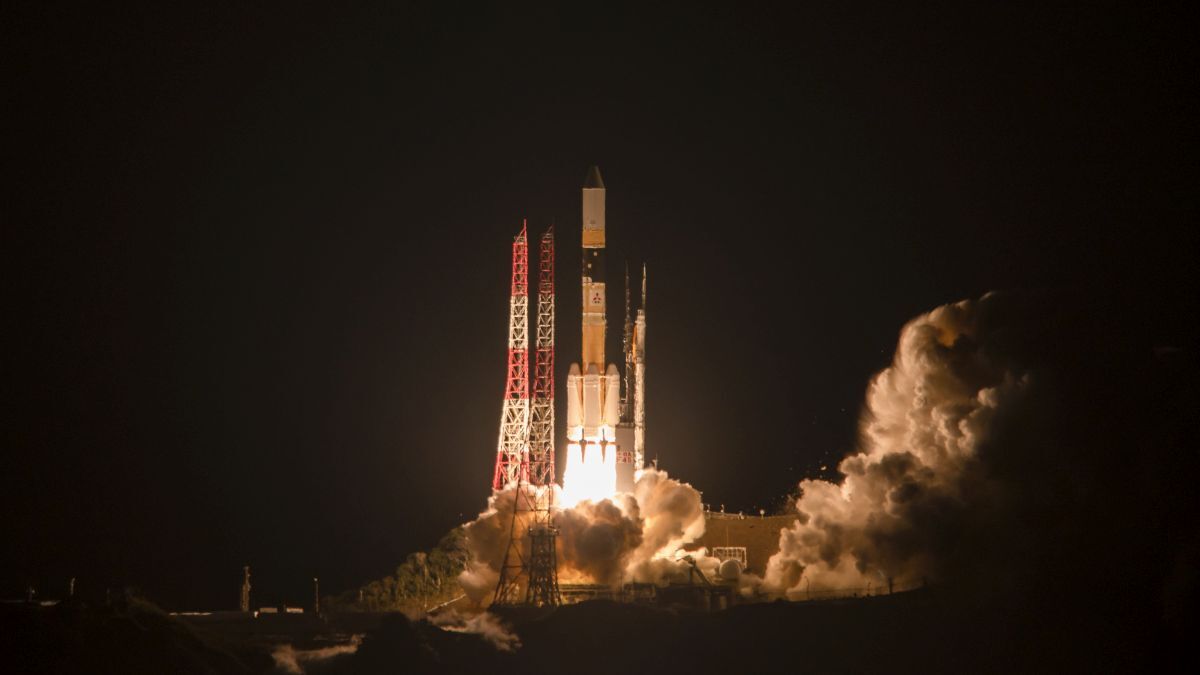Maritime Optimisation & Communications editor looks back on a year of digitalisation, improved connectivity and significant progress in shipping’s digitalisation journey
One of the most fundamental elements of the maritime industry now and for the next few decades is the drive to reduce carbon emissions. This overarching theme in maritime in 2022 saw companies preparing for the introduction of IMO’s Carbon Intensity Index (CII). In 2023, shipping companies, owners and operators will see increasing regulatory pressure to reduce fuel consumption and emissions from ships, along with commercial pressures to take steps to decarbonise vessels and operations without impacting profitability and sustainability.
Long-term solutions involve building new ships powered by low or zero-carbon fuels, but in the short term, digitalisation and voyage optimisation will be key to improving a ship’s or fleet’s CII and cutting fuel consumption, operating costs and emissions.
Maritime Optimisation & Communications looked at the shipping industry’s preparations for the introduction of CII rules with a series of features relating to decarbonisation pathways as well as fuel and power optimisation options and how to improve vessel efficiency.
Fuel savings from an OSV using monitoring technology
Shipowners can save thousands of dollars a day by analysing data from sensors and implementing cost-saving applications. Wilhelmsen Ship Management head of data and performance management Øyvind Stordal says fuel monitoring and emissions management has become important due to IMO’s upcoming CII and the European Union’s Emissions Trading System.
“Shipowners need to prepare for new regulations as there could be a huge financial impact,” he says. Both measures are expected to drive owners to cut fuel consumption and emissions.
New LEO constellations take on established GEO
Satellite communications to maritime sectors have seen a steady introduction of new low Earth orbit (LEO) constellations to take on established geostationary orbit (GEO) satellites. New players have entered the market offering LEO satellites, and the most prominent of these is US billionaire and entrepreneur Elon Musk, with SpaceX’s Starlink LEO satellite constellation making inroads into the maritime market just prior to OneWeb launching its own offering.
Provider SES offers another alternative with the O3b constellation in medium Earth orbit (MEO), which will be expanded in 2023 with the launch of O3b-Power. Inmarsat is planning its own LEO network and continues investing in GEO Global Xpress, while Intelsat, SES and Eutelsat, along with other satellite owners, continue to build on their own GEO constellations for VSAT connectivity to ships.
Crew communications becomes mandatory
2022 also saw a shift in legislation to improve crew communications and demand for satellite connectivity on ships. An update to the Maritime Labour Convention 2006 (MLC) was introduced to effectively make seafarer internet connectivity a mandatory requirement from shipowners.
No longer will it be for the more profitable shipping sectors and owners, but a ubiquitous level of expectation across the sector.
International Transport Workers’ Federation and other organisations lobbied for changes to MLC to introduce more rights for crew communications and during the Special Tripartite Committee (STC) meeting to debate revisions and updates to MLC, these ambitions were finally achieved.
STC met in Geneva, Switzerland, finishing 13 May, and agreed several changes to MLC, an international treaty to protect seafarers’ rights that has been ratified by more than 100 countries, who represent over 90% of the world fleet.
Shipowners are now obliged to provide some level of communications and connectivity on ships, although it may be costly to seafarers, for communicating with friends and family, which has been demonstrated as a way to counter isolation on ships.
Connectivity comes with cyber risks
When it comes to communications and shipping digitalisation there is greater risk from cyber threats. As more ships are connected, and new malware and hacking threats are developed, vessel owners, operators and managers become more vulnerable to security breaches.
Maritime Optimisation & Communications’ coverage of cyber risks and protection came from attending Riviera’s Maritime Cyber Risk Management Forum 2022 and various webinar weeks. During these events, experts in the subject matter provided considerable insight into the risks and potential solutions to prevent system infiltration, cyber fraud and data loss. They also provided advice on how to prevent hackers from gaining access to operational technology, such as ECDIS and radar on ships.
Smart navigation combines safe voyage planning with optimisation
It is these operational technologies that continue to ensure ships are navigated safely by seafarers on global trade routes without causing environmental accidents.
Many of the major e-navigation issues, solutions and benefits were thoroughly explored in Smart Navigation 2022, which included features on voyage optimisation and route planning with feedback from shipowners and operators.
There is growing understanding that ships can reduce their fuel consumption and carbon emissions through optimising voyages to arrive at destinations ready for their cargo loading or unloading.
Just-in-time (JIT) port arrival is starting to gain traction. Owners and ports are beginning to unlock the benefits from JIT port arrivals, using weather routeing and advanced analytics to optimise vessel routes. This will be increasingly important into 2023 when owners have to begin changing behaviours to ensure their assets meet CII compliance and emissions-reduction targets.





